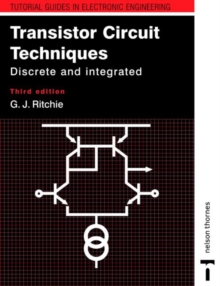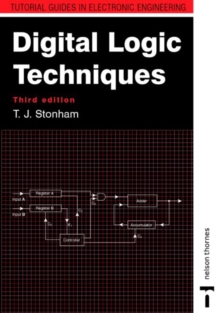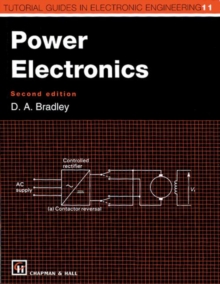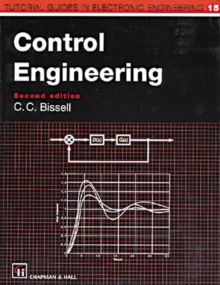
Digital Logic Techniques : Principles and Practice Paperback
by T. J. Stonham
Part of the Tutorial Guides in Electronic Engineering series
Paperback
- Information
Description
In this chapter, we have examined a wide range of binary codes that can be used to represent numbers.
We, as humans, use the decimal number system, but a binary system is more suited to a machine implementation because two distinct states such as high and low voltage can readily be identified without having to make precise measurements.
Methods of converting between binary and decimal number systems have been developed.
Conversion between decimal and pure binary can be quite laborious, as each bit may be dependent on all the decimal digits, and vice versa.
BCD overcomes this problem as each decimal digit is determined by the value of a group of 4 bits.
There are many BCD codes and weighted vers ions are generally used.
The weights may have negative values. The most common BCD code is 8421 weighted, where each decimal digit is replaced by its value in 4-bit pure binary.
BCD codes lead to simple input/output circuits but require complex arithmetic systems.
A class of code that facilitates the measurement of position must only change by 1 bit as the code is incremented or decremented.
The most common position sensing code is the Gray code.
Information
-
Unavailable
- Format:Paperback
- Pages:180 pages, black & white illustrations
- Publisher:Springer-Verlag New York Inc.
- Publication Date:15/01/2013
- Category:
- ISBN:9781461568582
Information
-
Unavailable
- Format:Paperback
- Pages:180 pages, black & white illustrations
- Publisher:Springer-Verlag New York Inc.
- Publication Date:15/01/2013
- Category:
- ISBN:9781461568582



